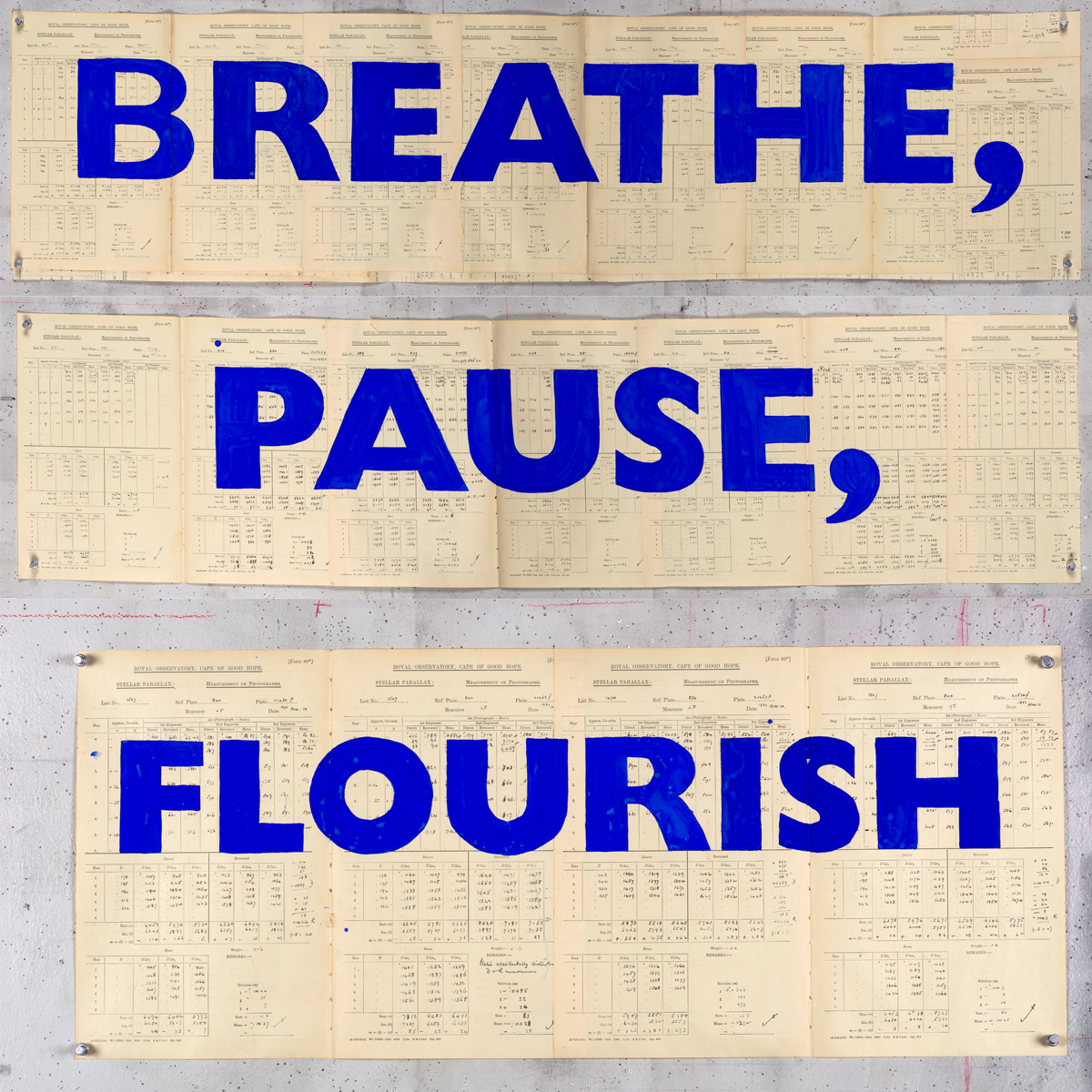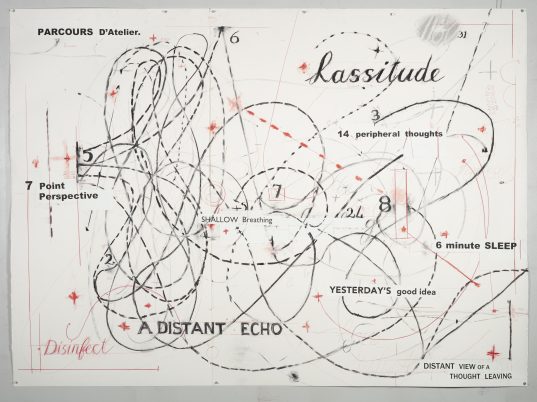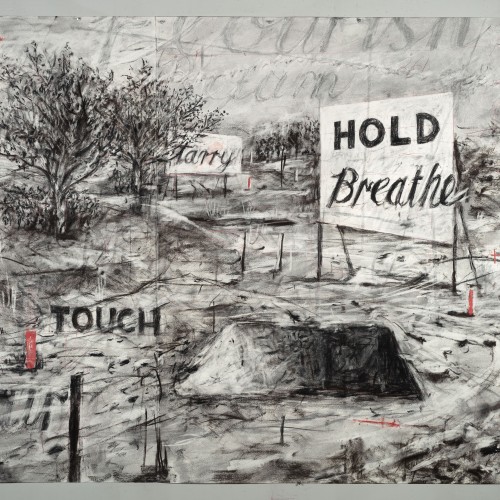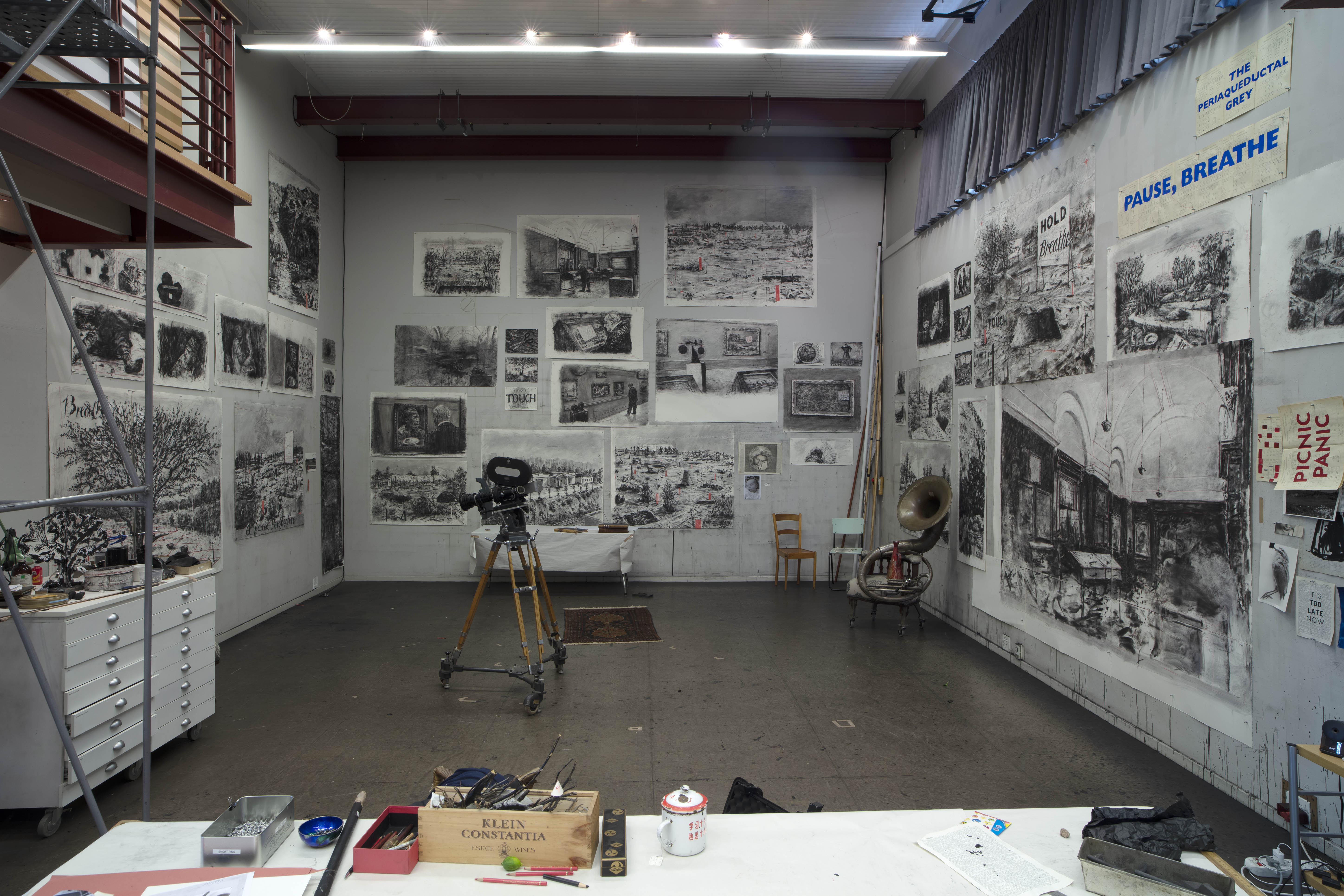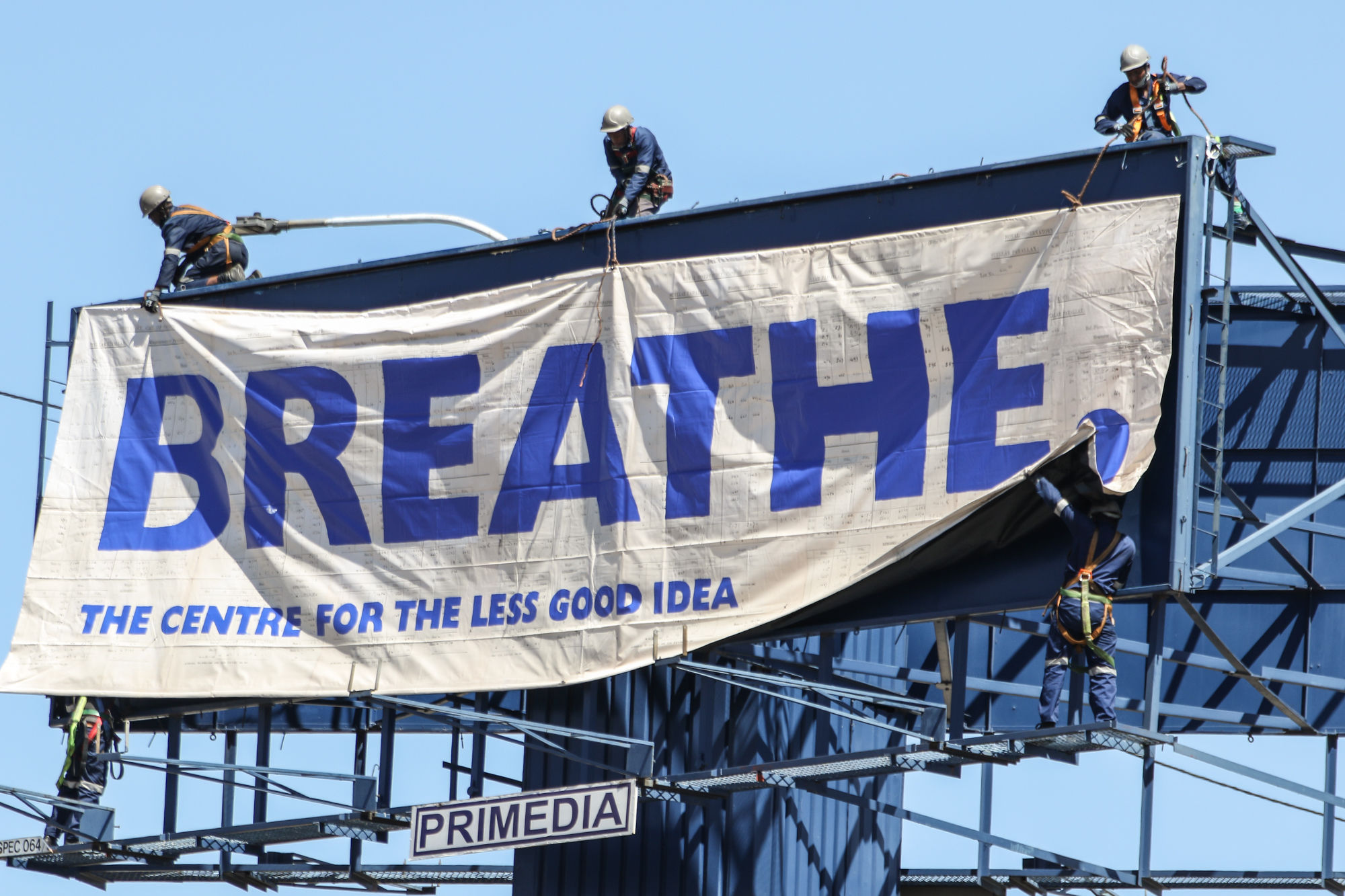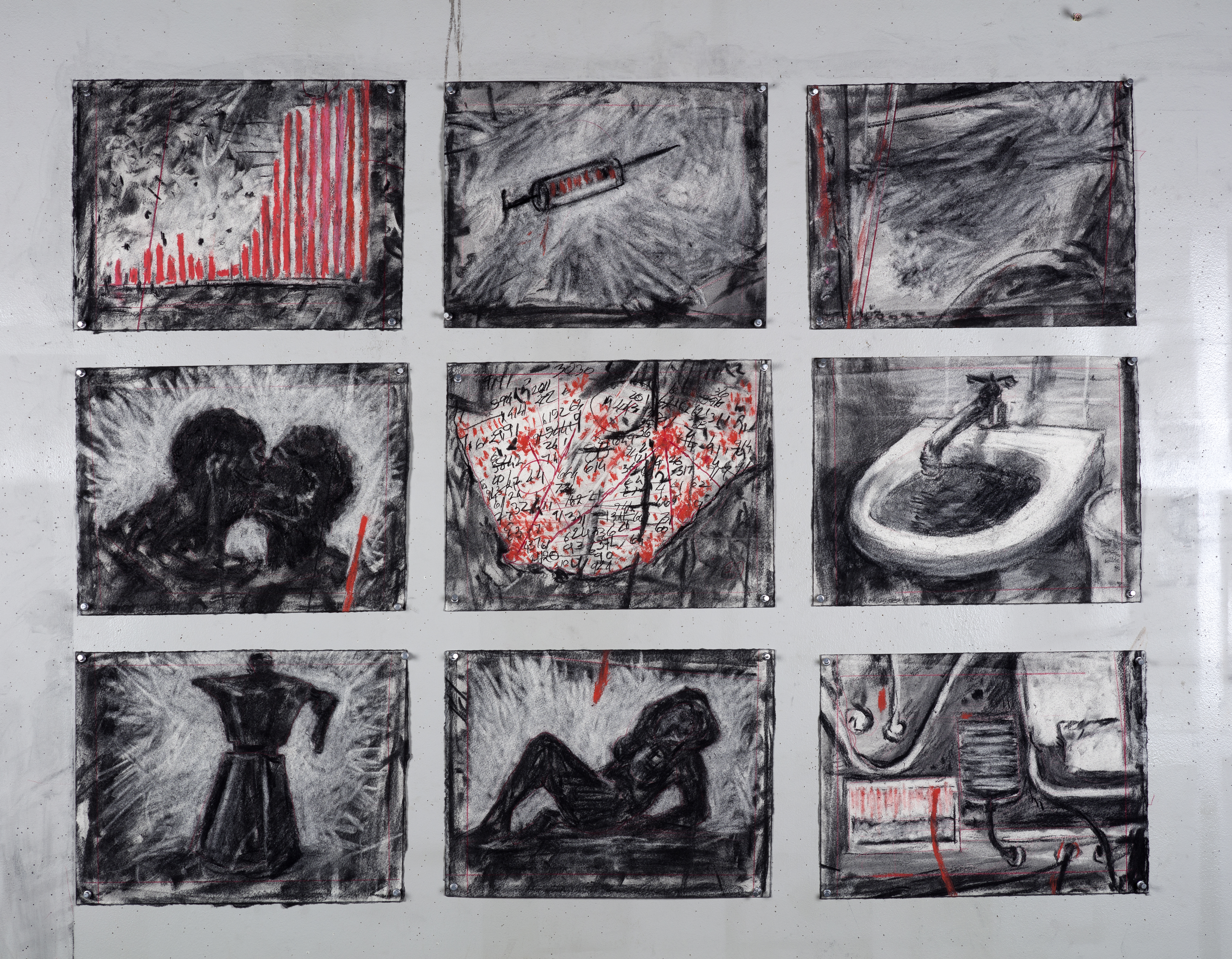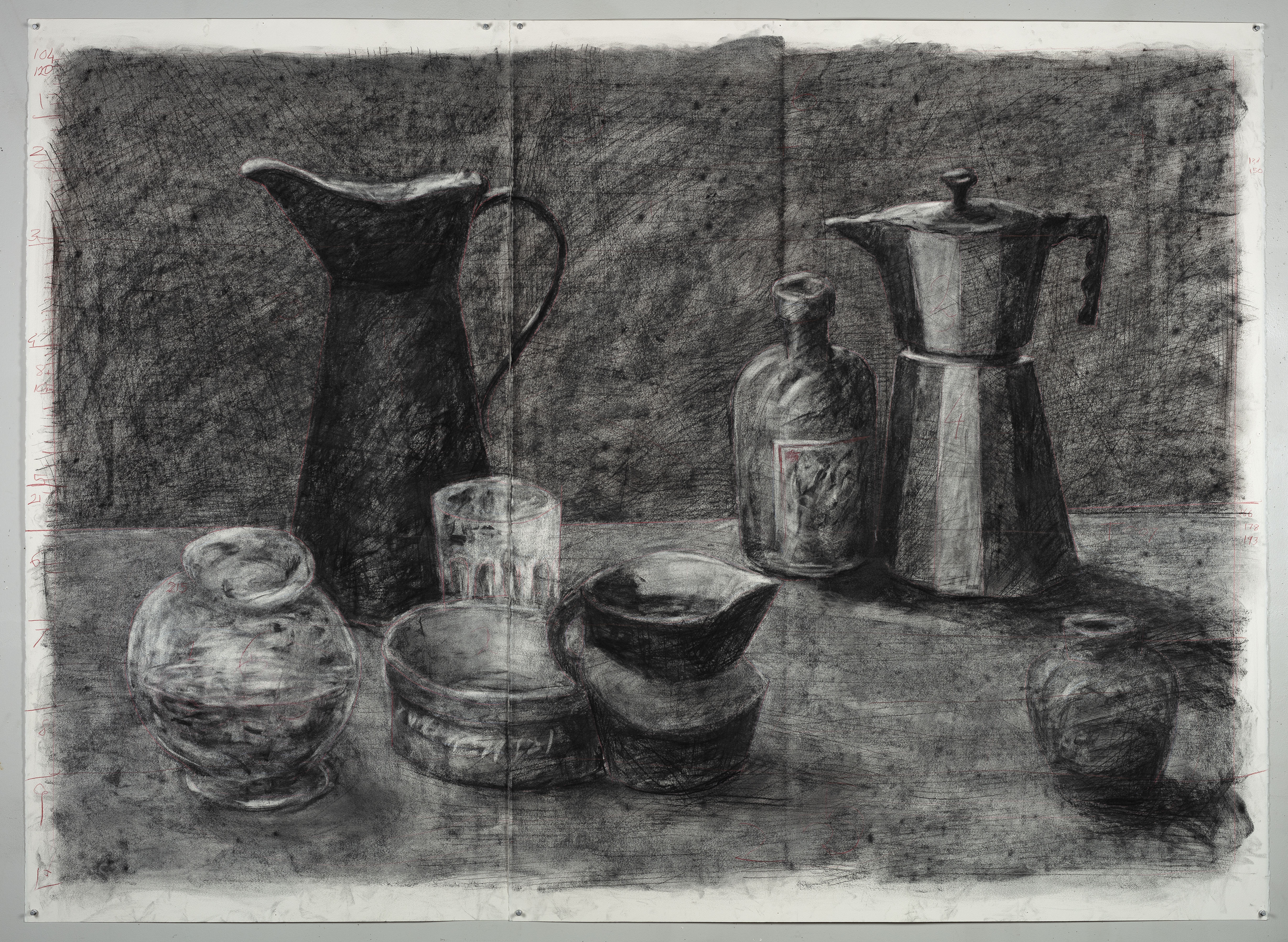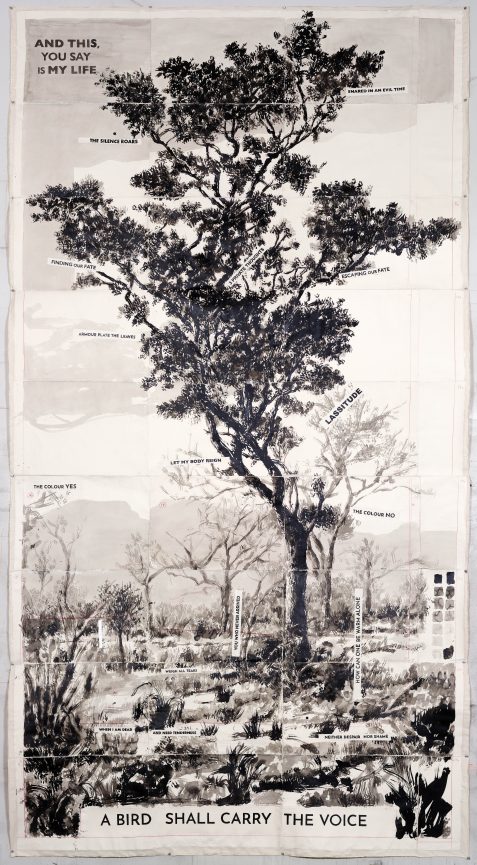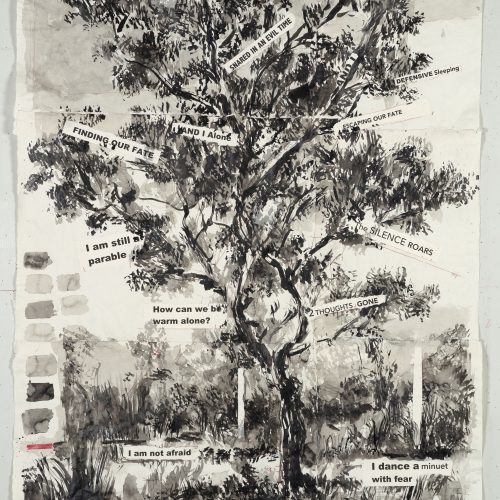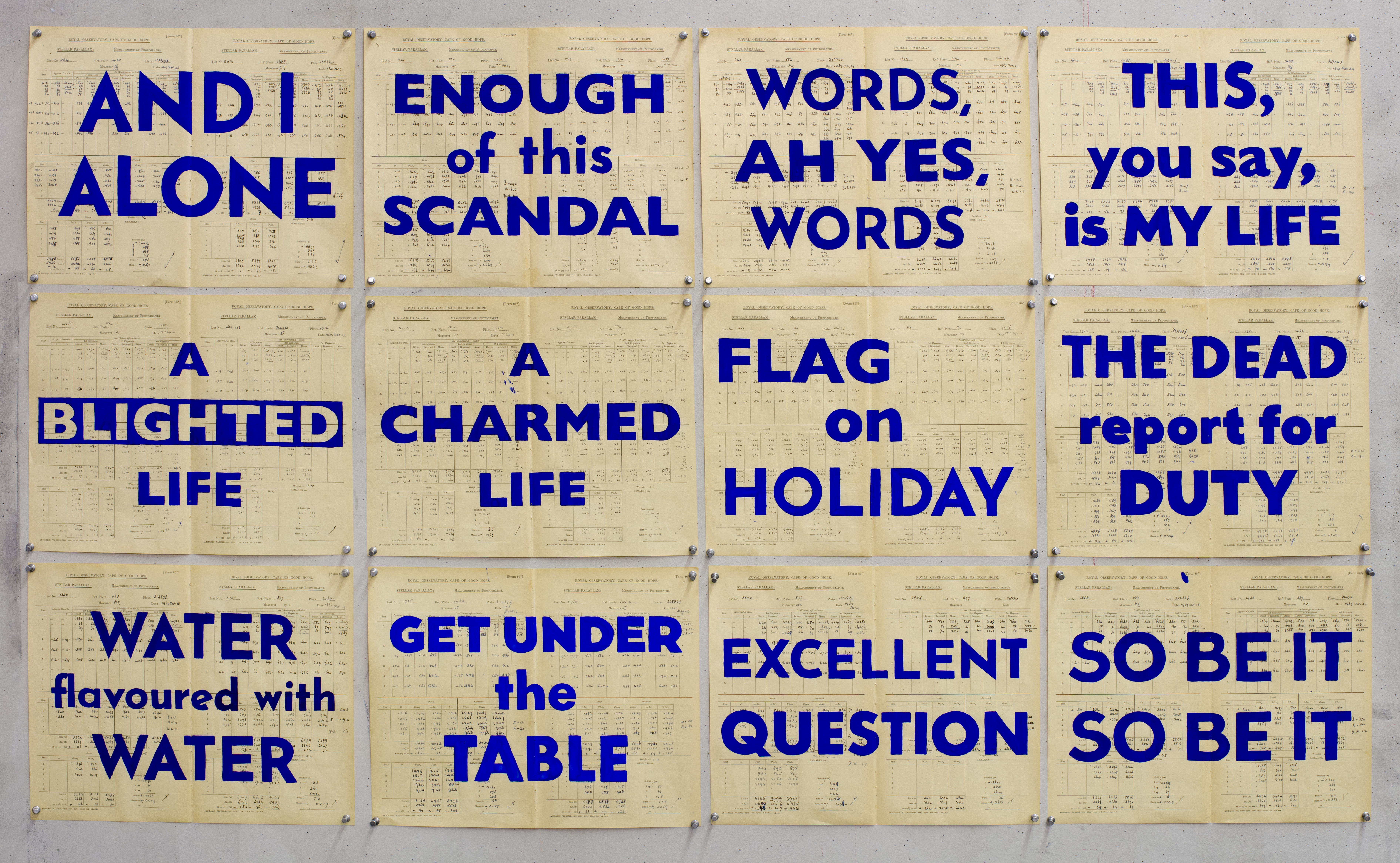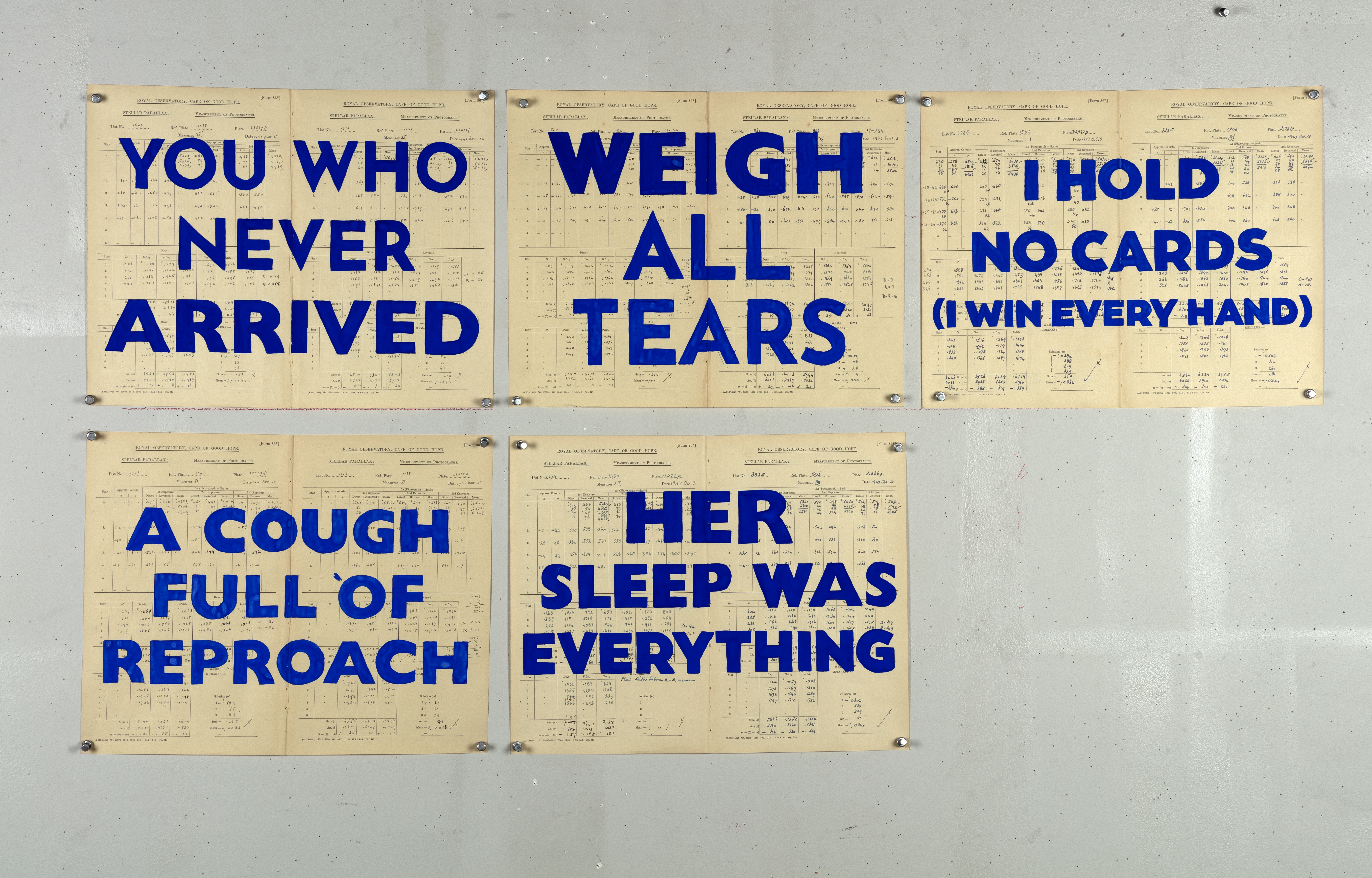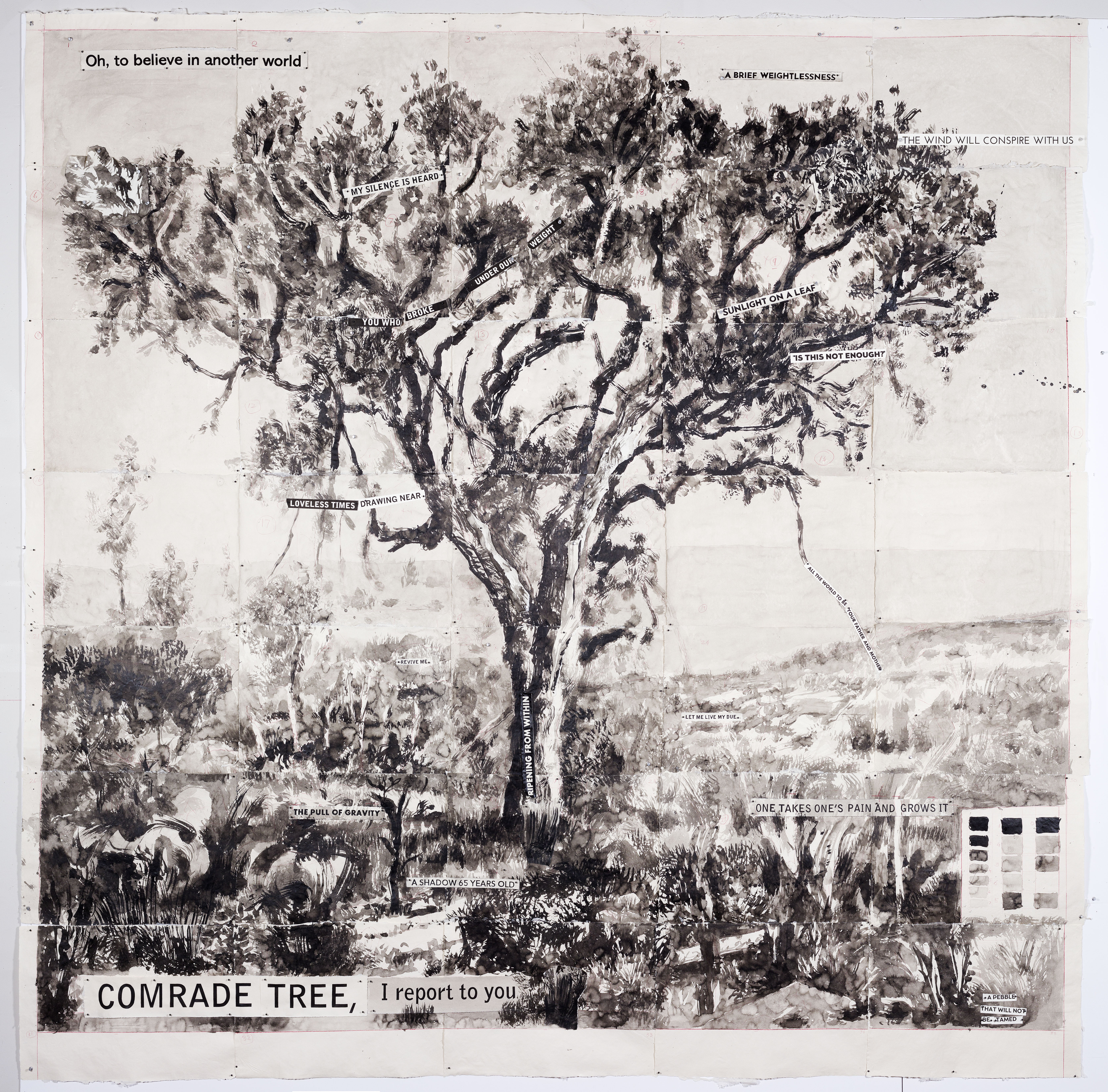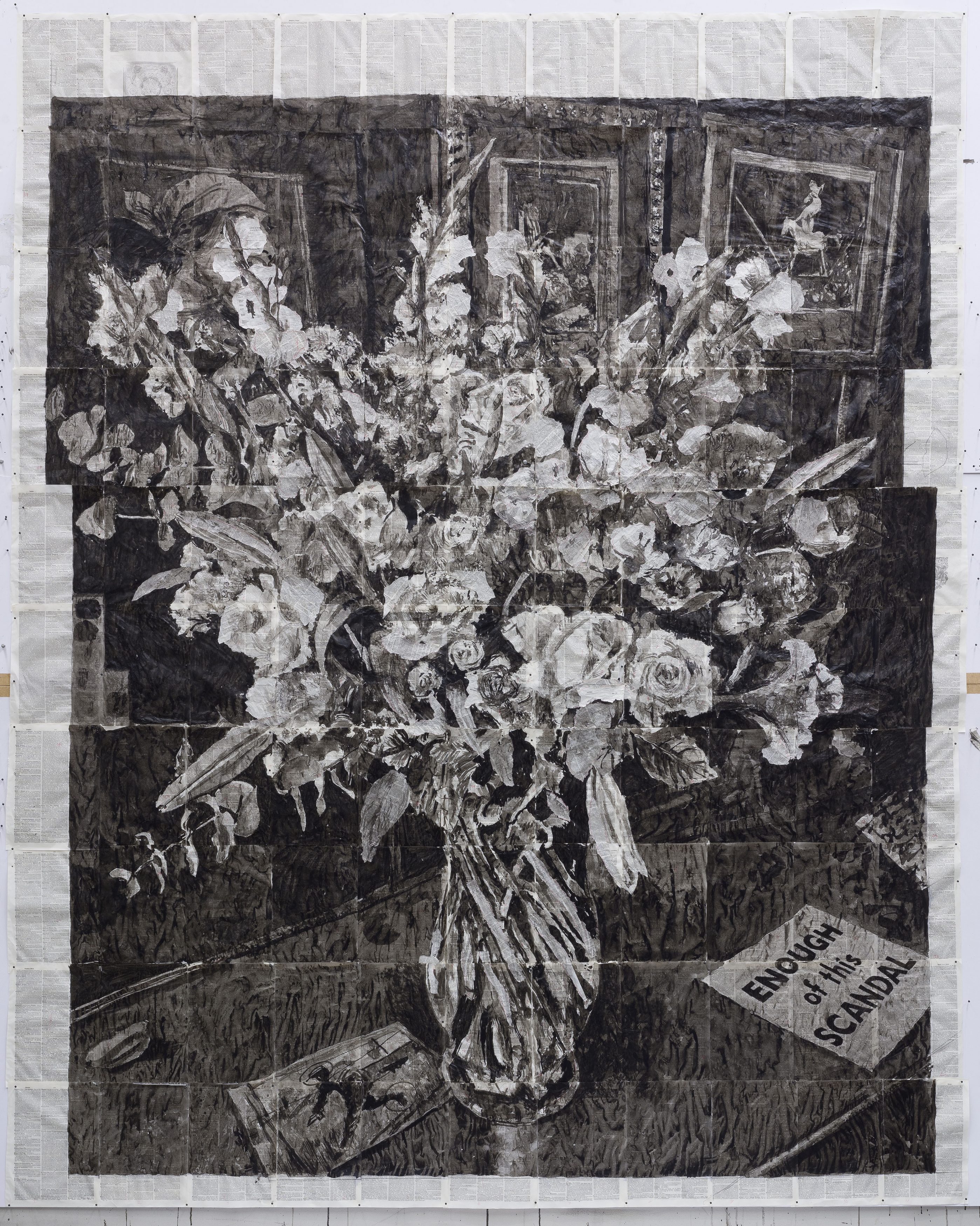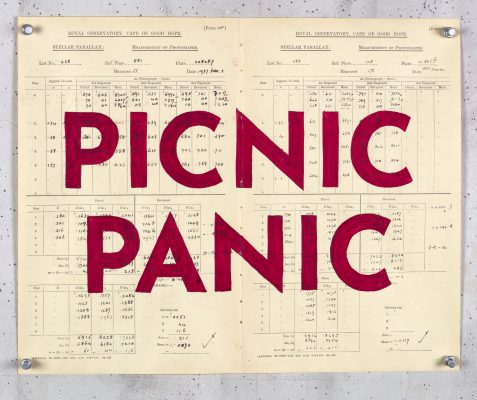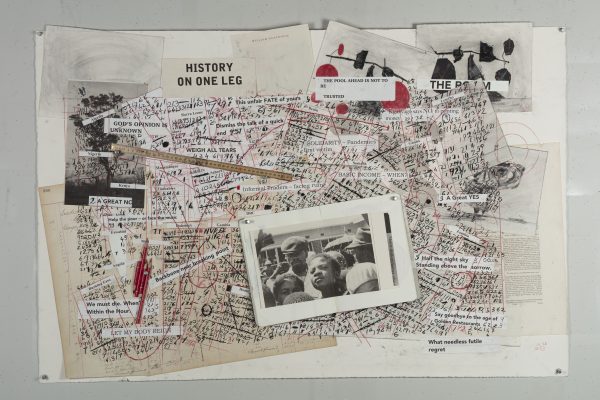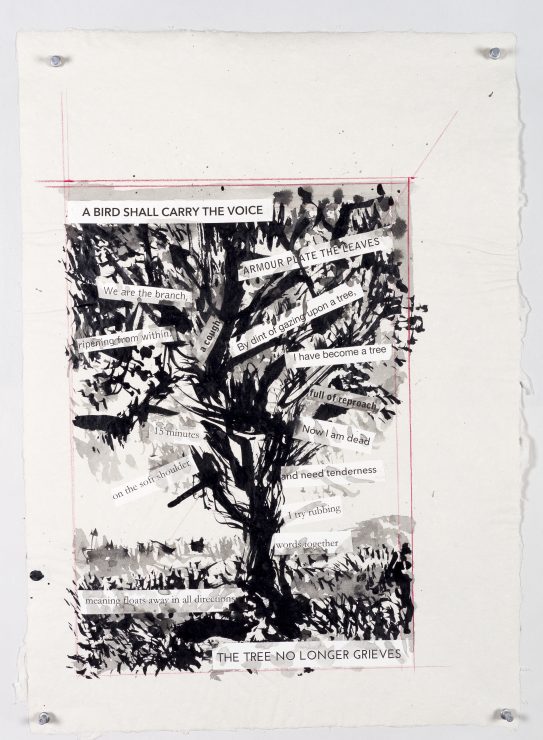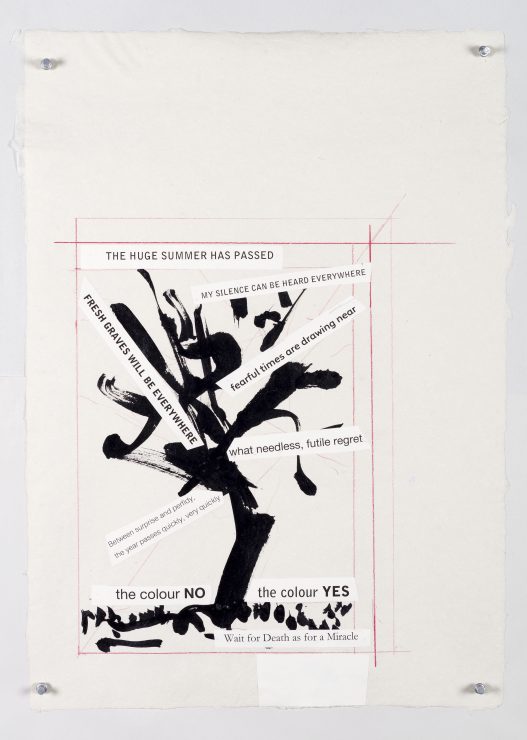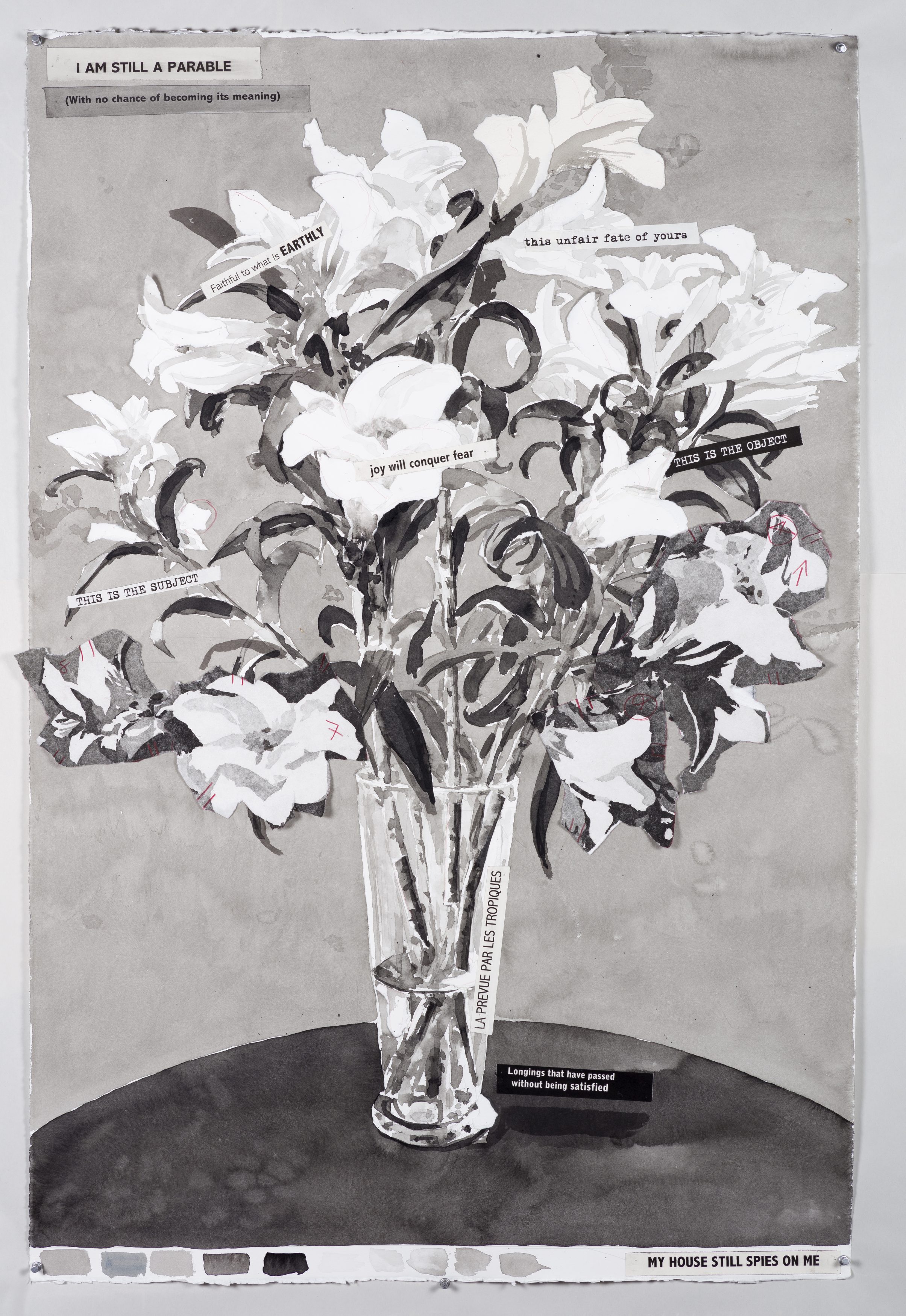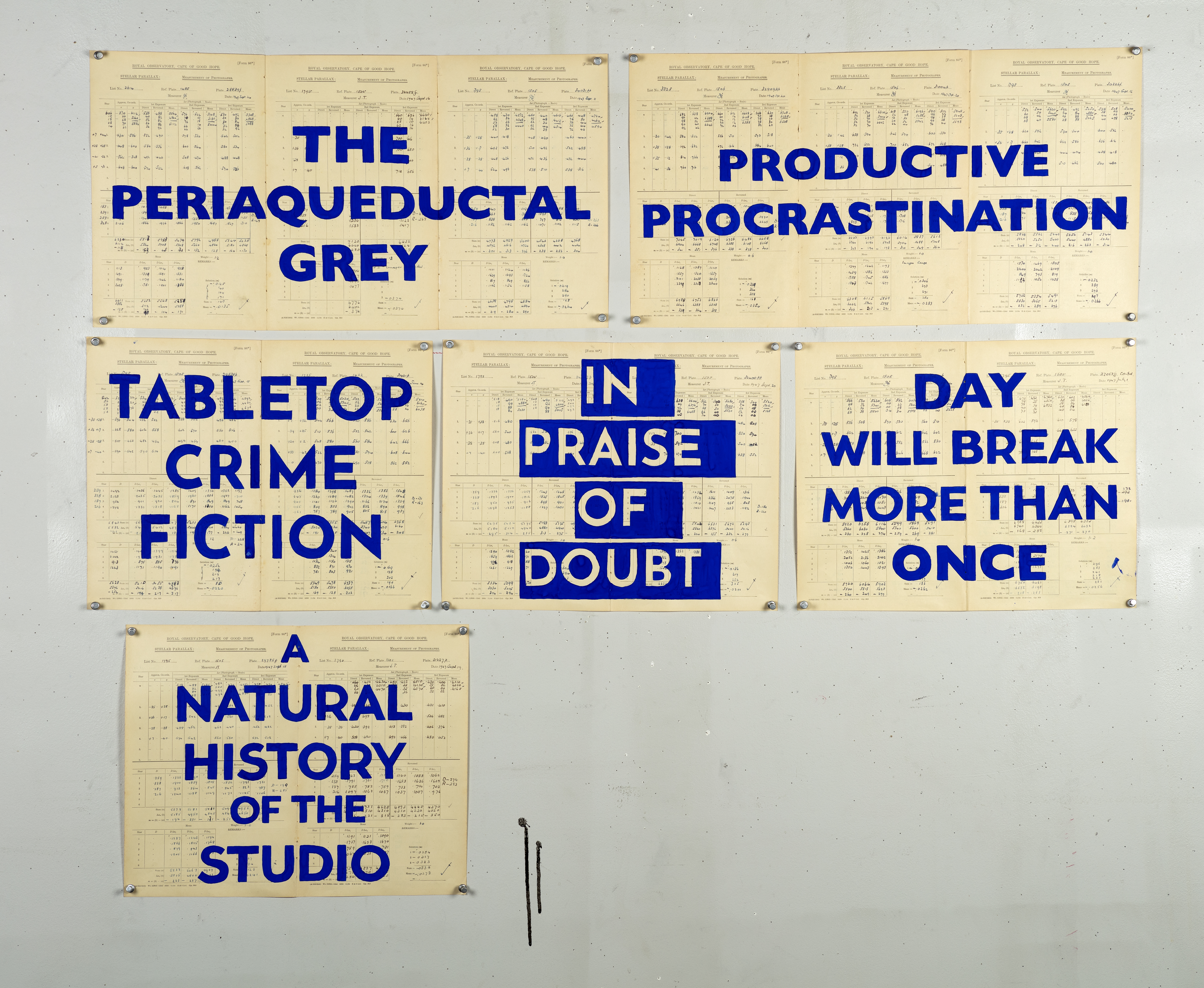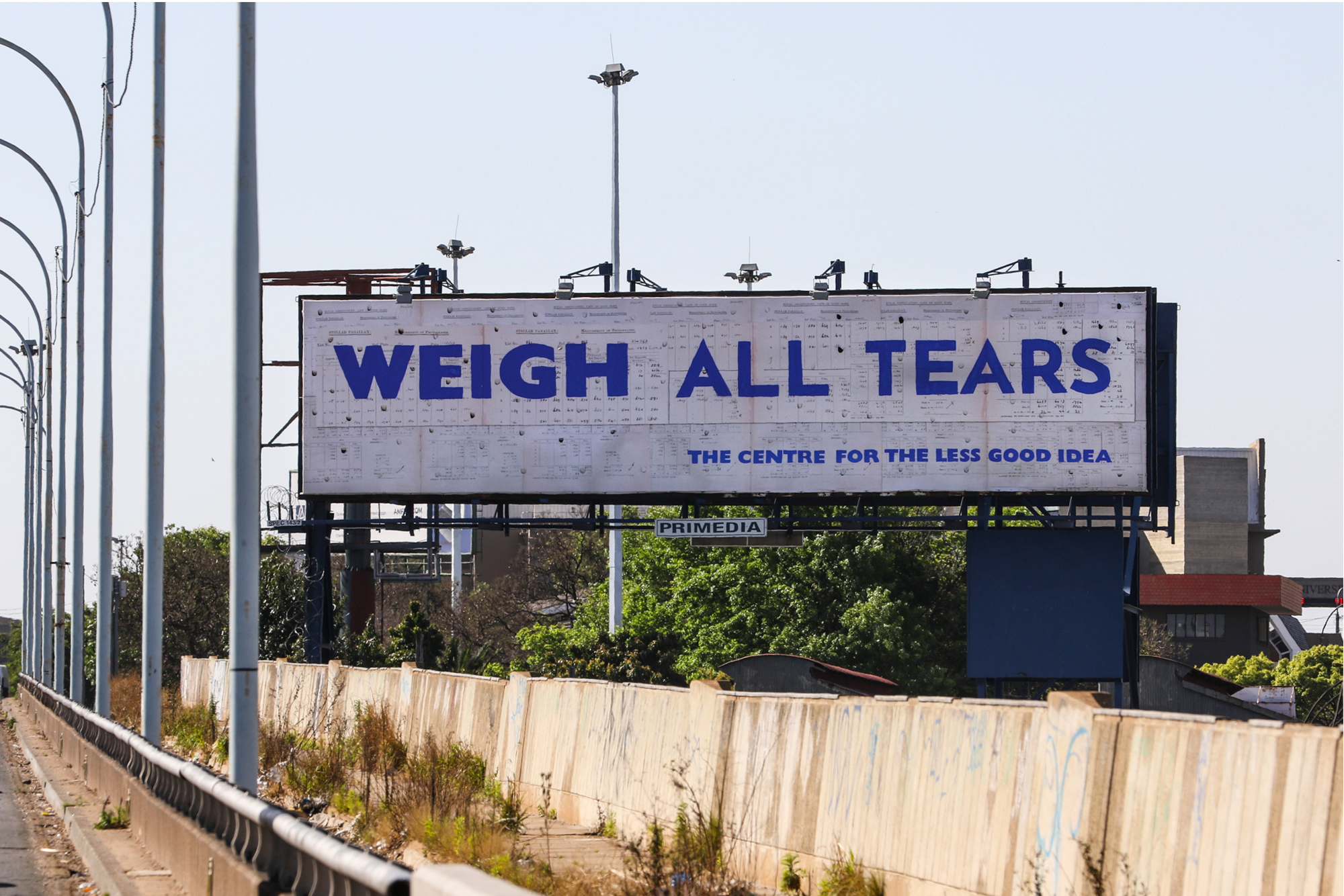Text extracted from conversations between William Kentridge and Carolyn Christov-Bakargiev in 2020, and from other text spoken or written by William Kentridge in 2020.
Over the last five months, it has a been a quiet and productive period inside the safe precincts of the studio. I am very aware of contrast between the calm and space for new work in the studio and the storm raging outside it.
I have been working on a series of films about how one makes sense of the world in the studio. Things which are obvious in studio practice, like uncertainty, doubt, provisionality, are not about the COVID pandemic. They are themes I have worked on for many years – but these themes in the outside world have become much more present in these months.
Carolyn Christov-Bakargiev: Yours is an art of process, change, transition, erasures and redrawing, of grey zones rather than certainty and facts. You often work through a form of displacement. The drawing isn’t the final work, because it’s made for a projection, but at the same time, the projection is made to document the making of the drawing. So each element points to another element, displacing viewers’ certitude.
William Kentridge: As a white South African, my work comes from my relationship to guilt, to responsibility, to historical responsibility, to personal connection. But what you say about displacement, I think puts very clearly the fact that I address questions about the world indirectly by transforming them into questions of what one does in the studio. The work in the studio can show us what’s outside of the studio.
CCB: Everything you do as an artist is always about our times, but again, you do it obliquely, through a theme that’s often distanced geographically and historically from us. You recently exhibited Waiting for the Sibyl and other histories at Lia Rumma gallery, Milan. Your theatre project Waiting for the Sibyl premiered at the Opera House in Rome in September 2019 and was inspired by the mythological figure of the Sibyl, an ancient prophetess. You speak about the Sibyl in order to address our own times – the algorithmic society – the will to determine people’s futures through mathematical formulas or algorithms, AI and the cloud. Your focus is on what might be lost in the following equation: when the computer knows better than I do what I like or want, what happens to the self, to the “I”?
WK: There’s no good solution. It’s better to understand that there are “less bad” solutions and there are multiple approaches. “For once let us try not to be right” is a line from the Dada manifesto of Tristan Tzara. Think of the times during which he wrote that: during the First World War, midst everybody’s certainty about what was the right thing to do, the politicians’ certainty that led instead to a complete calamity. If that’s what was being right means, then let’s try not to be right.
CCB: During our current paradigmatic shift of values, there are a lot of people trying to be right. Removing public statues, for example.
WK: South Africa led the way in these questions of how to deal with historical relics that are monuments to terrible policies. Five years ago, we had the “Rhodes Must Fall” campaign led by university students in Cape Town to remove a monument of the colonialist Cecil Rhodes. In London, in order to protect the statue of Winston Churchill, it was boxed in with wood. For me, that boxing in is in itself a very beautiful new sculpture about the problem. Before, you had a big bronze figure on top of a granite plinth and now you have a huge wooden plinth with nothing on top. And that makes us try to remember what the statue was that’s now inside, activating people’s memory. It also raises the question of why it was boxed in. So it creates a debate. For some people in Britain, Churchill is the great hero who saved the West in the Second World War; for many in India, he’s responsible for the famine in Bengal that killed three million people, virtually half the Holocaust victims. And this indeterminate position is made clear by this invisible sculpture in a wooden box. I think we need to find many similar provisional solutions to this problem.
Carolyn Christov-Bakargiev: The other day I went to visit the Cerruti villa to see how the artworks were doing. I fear that they’re lonely. It had been at least three weeks since my previous visit. When I opened the door and walked in, I was shocked, blinded by the colours of the Modigliani. And when I looked at the Pontormo from afar, I could see every little brushstroke. I realised that I’d forgotten how to see. Our eyes have transitioned to a screen-based vision. That’s tremendously disquieting: to learn that one forgets how easily one forgets. Given today’s new technology, what are your ideas on the museum of the future? Are we at a watershed moment when we must fundamentally re-imagine its role? Are museums old-fashioned relics from the 19th and 20th centuries?
WK: For me, museums are places that mark your geography, and this has to do with the physical memory of being in a particular city, building, and room. This experience doesn’t exist in the digital format of the cloud where everything is somewhere and nowhere. Walking into the Stedelijk museum in Amsterdam, going upstairs and turning left into the room with the Malevich paintings constructs a geography that connects me to my 18 year-old self, when I first saw those works. This is very difficult with the digital image. The physical fact of museums is vital.
There is a temptation to feel that everything has to be about the present moment in its most immediate form. But this is not a way in which I can work. There has to be confidence that the slow, long questions one works with are connected to the world as well as to the studio and let the slow steady work in the studio illuminate and give comfort to many of the conditions beyond it. This has been one of the central roles of art over millennia, and it seems as important now as ever before.
Selection by Anne McIlleron, October 2020
